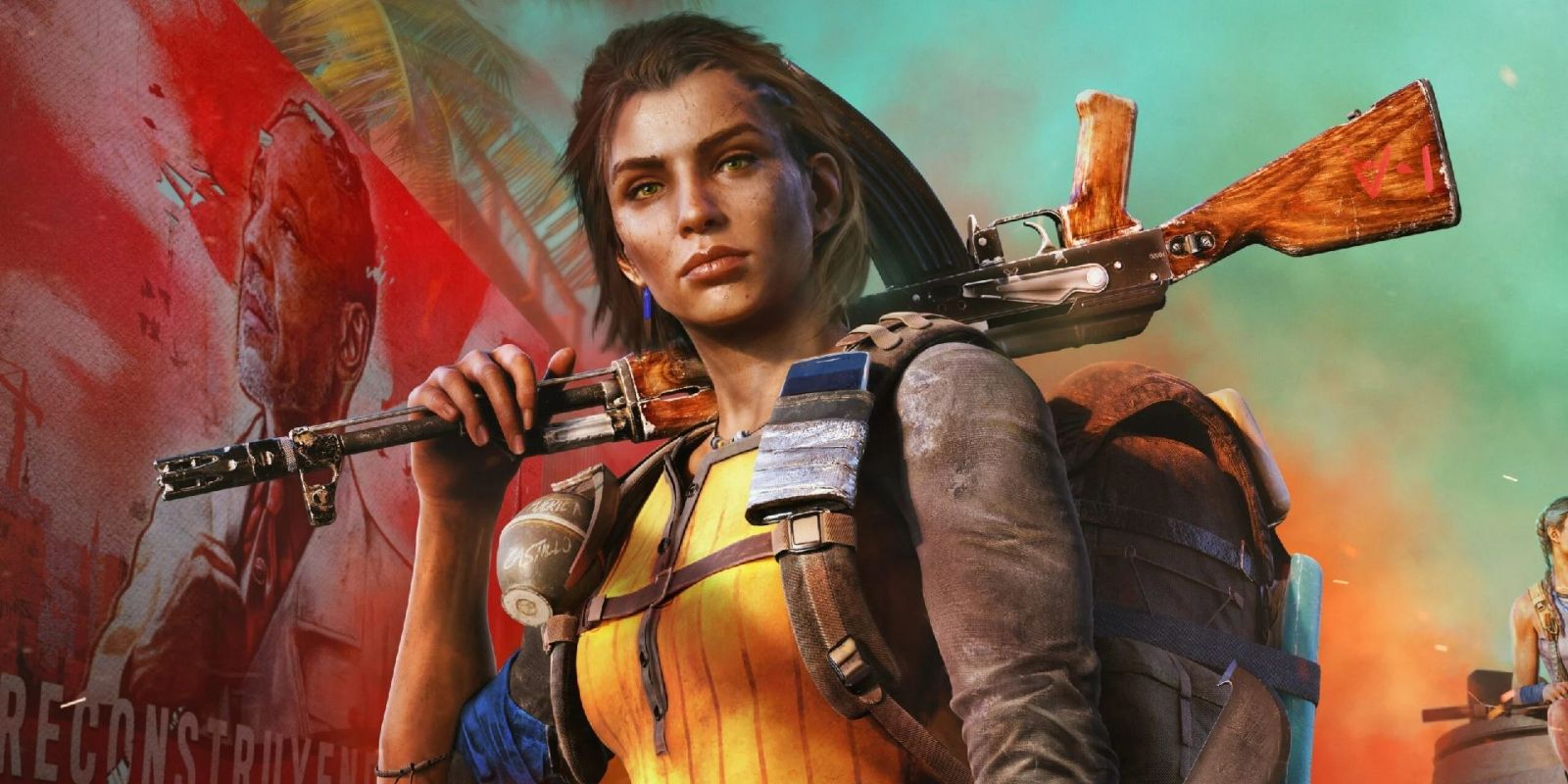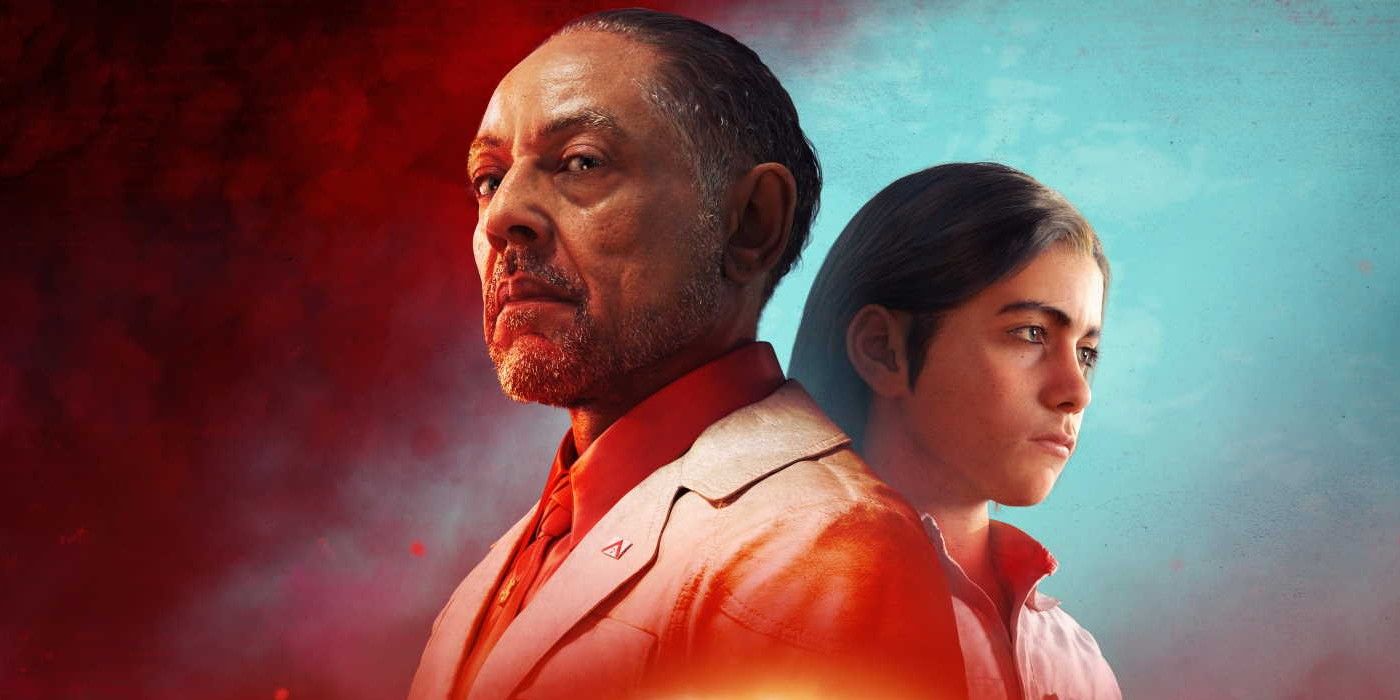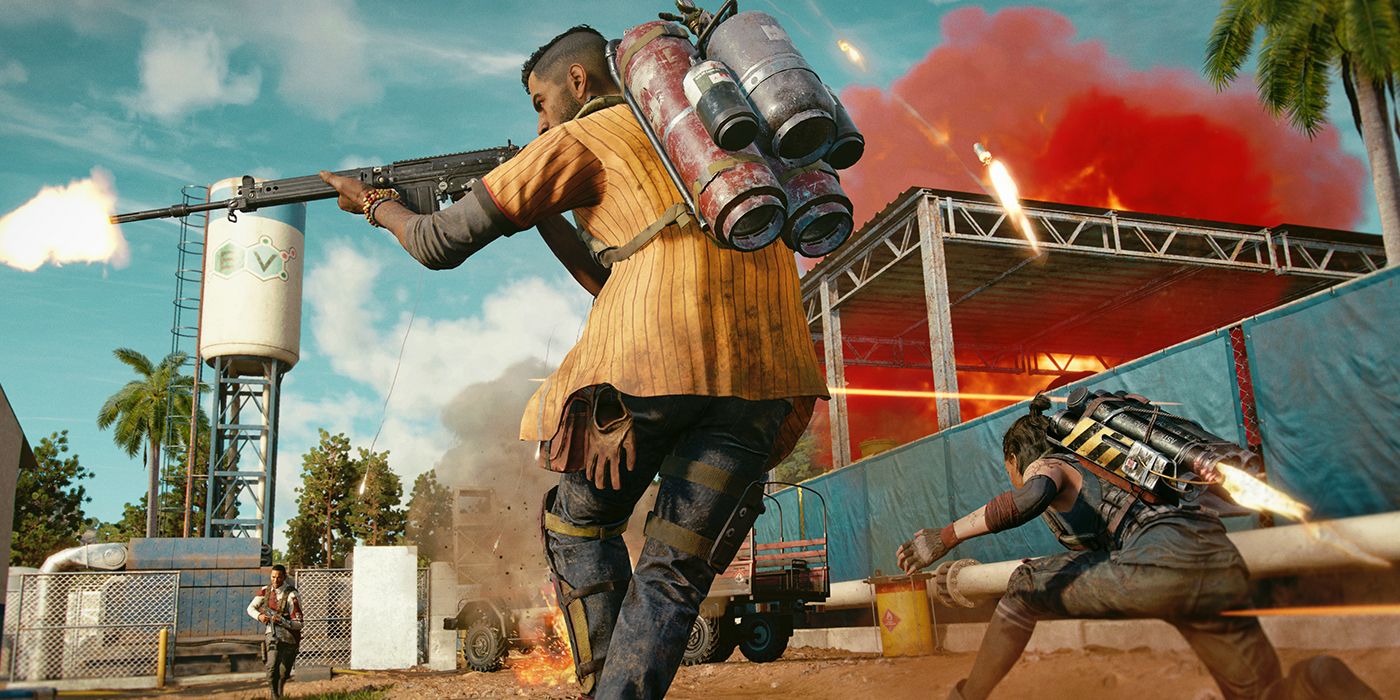Despite being decently successful in terms of both critical and commercial performance, Far Cry 6 has failed to set the world alight. It isn't simply that reactions have been mixed, but more that the criticism it has received echoes that of its predecessors. In other words, Far Cry 6 is more of the same -- and that's a concern fans and critics have had since Far Cry 4. Ubisoft seems reluctant to depart from the success it established with Far Cry 3, but the franchise needs reinvention if it is to regain its creative spark.
Far Cry 6's main issue is that it's trapped in the shadow of Far Cry 3, a title stuffed with pyrotechnics, psychedelics and pulsating dubstep which has defined the series for the last 10 years. So much of what the series would become known for -- charismatic villains and explosive open-world gameplay, stealth takedowns, liberating outposts, even the dreaded radio towers -- was birthed on the shores of the Rook Islands. However, Ubisoft's desire to bottle the lightning it captured with Far Cry 3 turned the iconic title became the series' albatross.
This became clear with the release of Far Cry 4, which played it safe by maintaining everything that had made Far Cry 3 work and simply transposing it to a new setting. The aesthetic, gameplay, outposts, watchtowers and more were repackaged, dusted in snow and sent out into the world. 2016's Far Cry Primal may have ditched the guns, grenades and machetes for primitive bows, spears and clubs, but what remained was the feeling that this was just another installment in a franchise tethered to its past.
2021's Far Cry 6 was no different. Set in a fictional South American nation ruled over by tyrannical dictator Antón Castillo, players take on the role of Dani Rojas, a local rebel seeking to end Castillo's brutal regime by leading insurrections and toppling regional leaders. For the experienced Far Cry player, the parallels with Far Cry 4's story, which centered on ousting charismatic despot Pagan Min, are clear.
Far Cry 6 also maintained gameplay mechanics that are starting to feel tired and worn out. While it projects an air of reinvention with a new setting and flashy visuals, these merely mask what is essentially a repeated gameplay loop. Seemingly bold decisions and embellishments, from the setting of the game in fictional Caribbean island to the addition of crocodile buddies and cute canine companions, are window dressing from a franchise running low on ideas.
Far Cry 6 may boast some relevant political commentary, but its revolutionary theme isn't unique in a series full of dictators, civil wars and politically unstable nations. The fact that this latest title has DLC dedicated to Vaas, the iconic antagonist from the third game, demonstrates Ubisoft's fear of letting the past die. For Far Cry to evolve, the publisher will have to discard or reinvent some of what made the series so popular, including the gameplay, structure and even its familiar characters. Subtle changes, such as the removal of radio towers, won't be enough.
The series would benefit from greater mission variety, with the established formula of "go to a place, retrieve an item and kill baddies as you go" becoming tiresome and repetitive. Stripping a heavily guarded outpost of its inhabitants is fun, but it's tempered by its familiarity, especially with other Ubisoft titans like Assassin's Creed or Watch Dogs doing the same things.
Far Cry must give players what it promises in its marketing: spontaneity, freedom and chaos. Roving bands of enemies, organic firefights with unpredictable NPCs, spontaneous missions which appear almost at random and ambushes will all push the franchise into the future. Ubisoft must ditch its reliance on occupied towns and fortresses full of wind-up clockwork guards trudging the same weary routes and add some variety to its missions
While video games are pushing the boundaries of what PCs and consoles can provide in terms of graphics and processing power, games themselves need to evolve as well. Developing games that are organic, spontaneous and unpredictable is challenging because it requires the game to make decisions on its own with AI that can handle whatever the player does. With Far Cry being as valuable a property as it is, it's understandable why Ubisoft wants to play things safe. However, what the developers and publishers need to understand is that refusing to innovate is itself a risk, as, in an industry that continues to grow, there's no room for stagnation.



